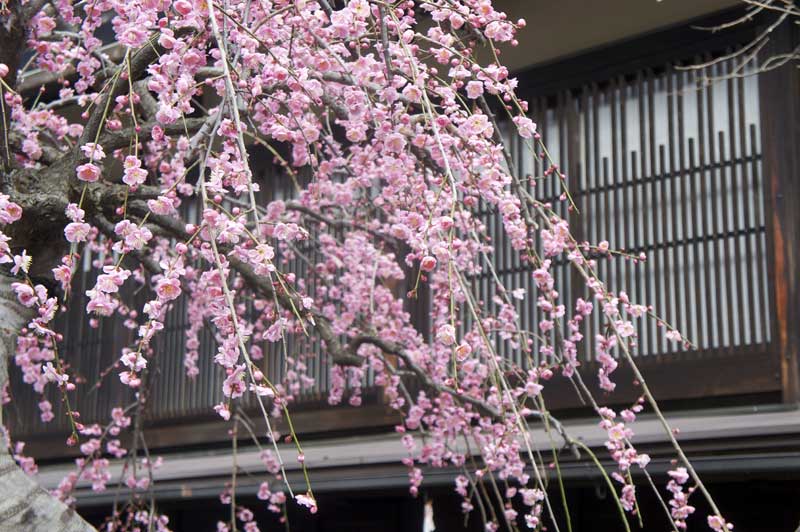The subject of one of the ‘Eight Famous Views of Omi’ (Omi no Hakkei) by the artist Hiroshige, Seta Bridge has long evoked romantic emotions in the hearts of the Japanese. In the novel Miyamoto Musashi by Yoshikawa Eiji, for example, a tea-house on the small island which separates the two spans of the bridge is the setting for a long awaited reunion between companions. Unfortunately for today’s traveler the small tea-house has disappeared, and with it much of the romanticism of the past. An old legend remains, however, associated with a tenth century hero (Tawada Toda Hidesato) who is memorialized nearby. The story, as recounted by Ernest Satow, suggests the real truth behind the ‘military’ significance of this bridge:
As Hidesato was going one day to cross the bridge, he found it occupied by a dragon, who glared at him with eyes as big and bright as a pair of suns, and darted forth flames from his gaping jaws. The hero coolly stepped over the monster’s back, and walked on without deigning to cast a glance behind him.
The episode is possibly a reference to the Jinshin Rebellion, when the armies of two rival claimants to the imperial throne fought at the bridge for the right of succession. Many more battles were fought here in later years, since control of this crossing virtually guaranteed right of passage to the imperial capital, Kyoto. The commander depicted by the dragon is not memorialized.
A fifteen minute walk from Seta Bridge through low-rise suburban housing leads to Omi Kokufu. As the story of Omi Kokufu explains, the road follows a series of confusing right-angled turns.


